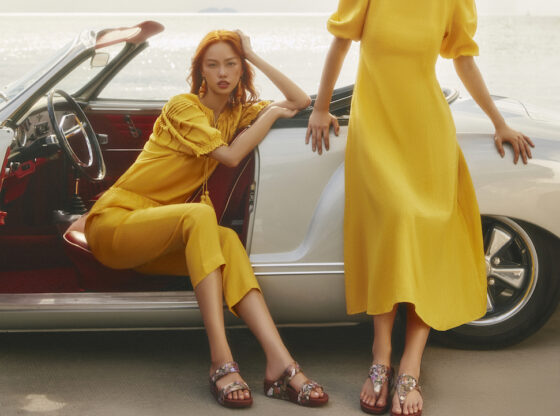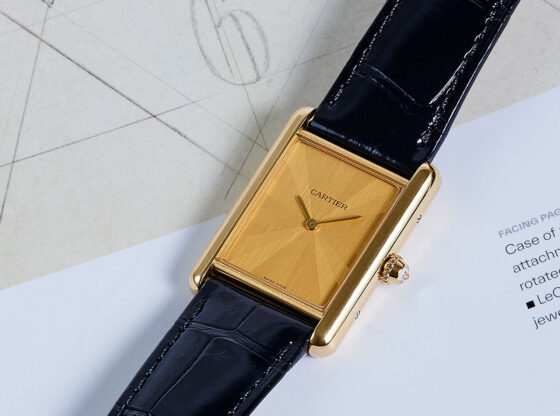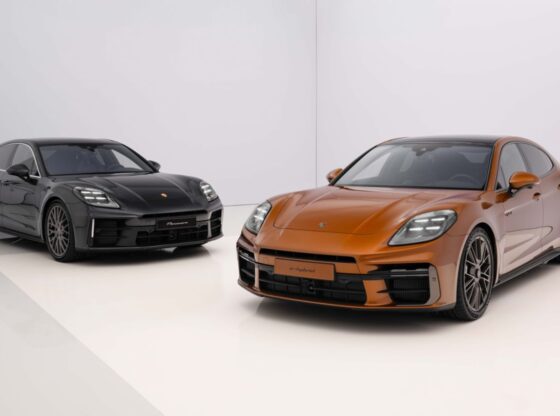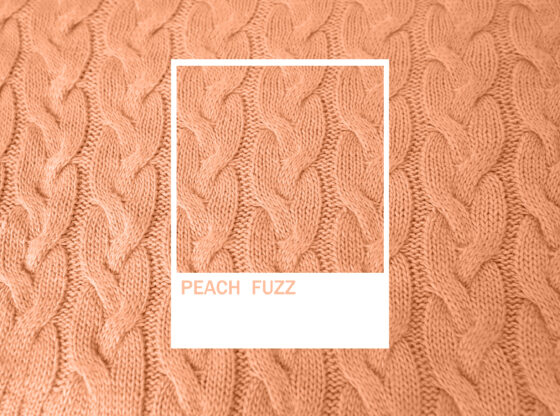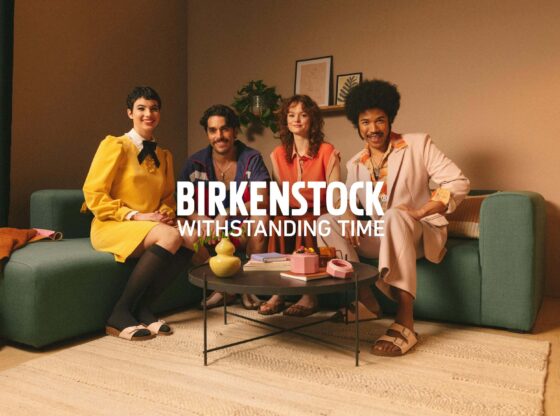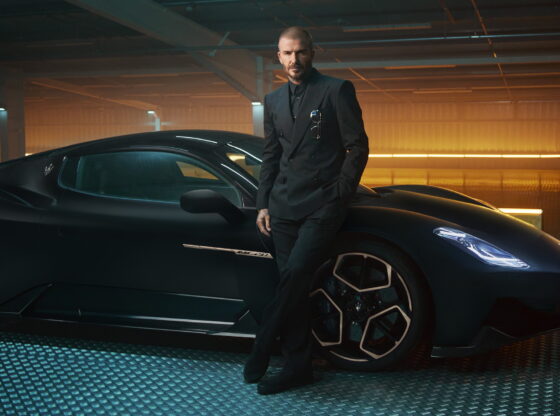![]()
The most stylish people in the world are in on a secret!
The phrase “Clothes have no gender” may have sounded rather radical to someone living in the 1960s, but this is an idea that is becoming more and more mainstream in our contemporary society.
The trend wasn’t new to 2020, but it certainly gained momentum, especially with global stars like Harry Styles banishing notions of gender from their wardrobes.
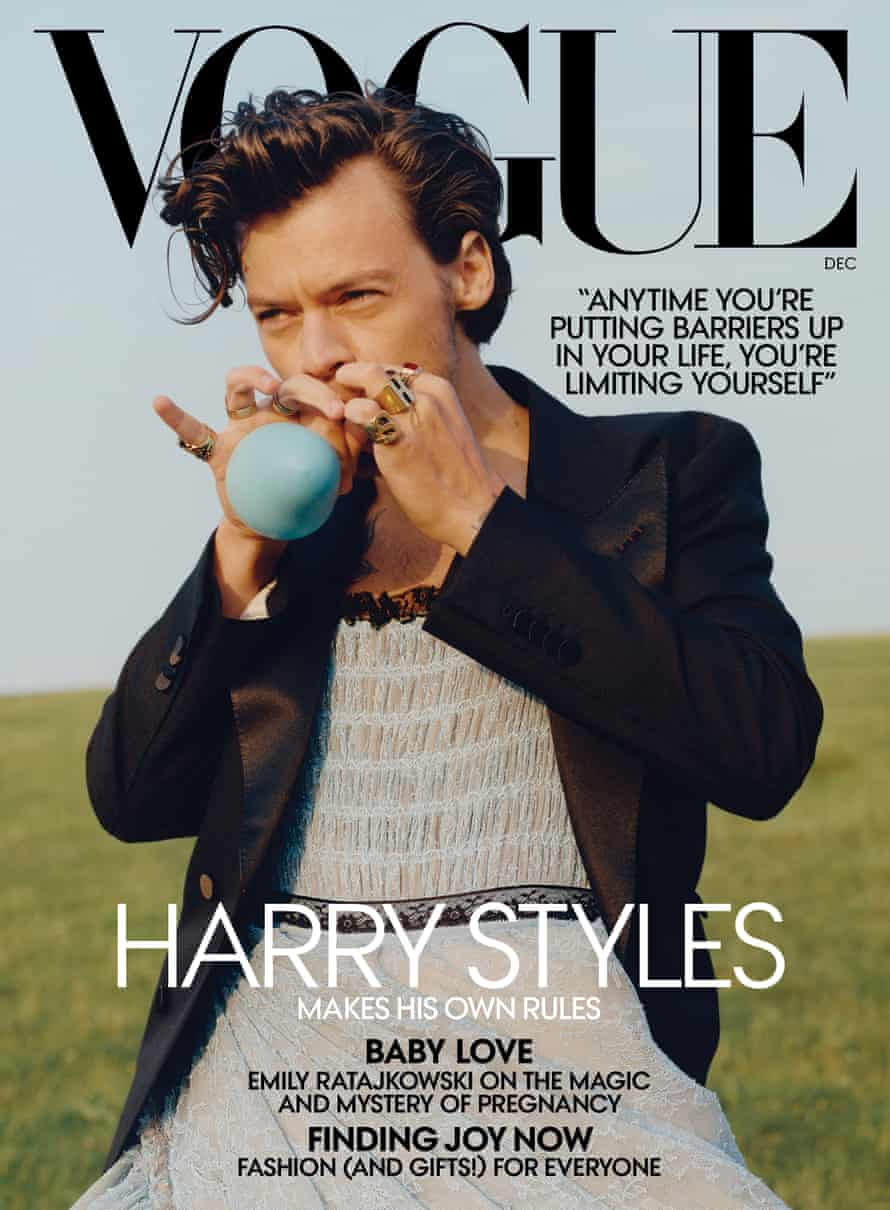
The image of Harry Styles in a Gucci dress on Vogue’s December cover proved so controversial that it became international news. Contemporary celebrities like Billie Eilish are wearing oversized outfits, however, we’ve previously seen Julia Roberts wear a Giorgio Armani suit to the Golden Globes, we’ve seen Kanye West perform in a leather Riccardo Tisci skirt, and we’ve seen Jaden Smith in a Louis Vuitton womenswear campaign, so what does this mean for genderless fashion?

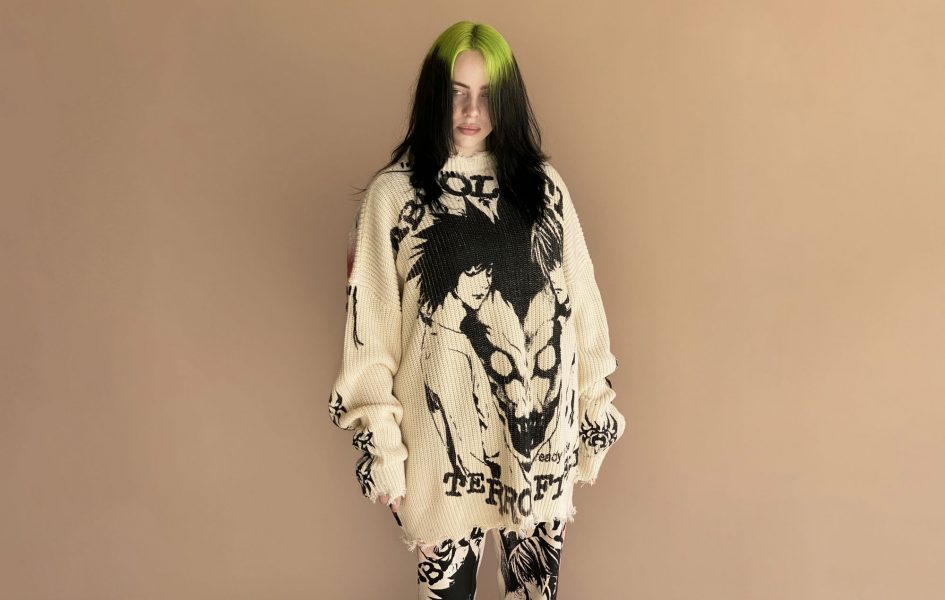
Gender boundaries are becoming increasingly blurred in the fashion industry, from unisex collections to mixed men’s and women’s fashion shows, the luxury industry is experiencing a revolution.
Prada, Gucci and McQueen have all gone co-ed with their design, while brands like Umit Benan and Norma Kamali more explicitly embrace a unisex brand identity.
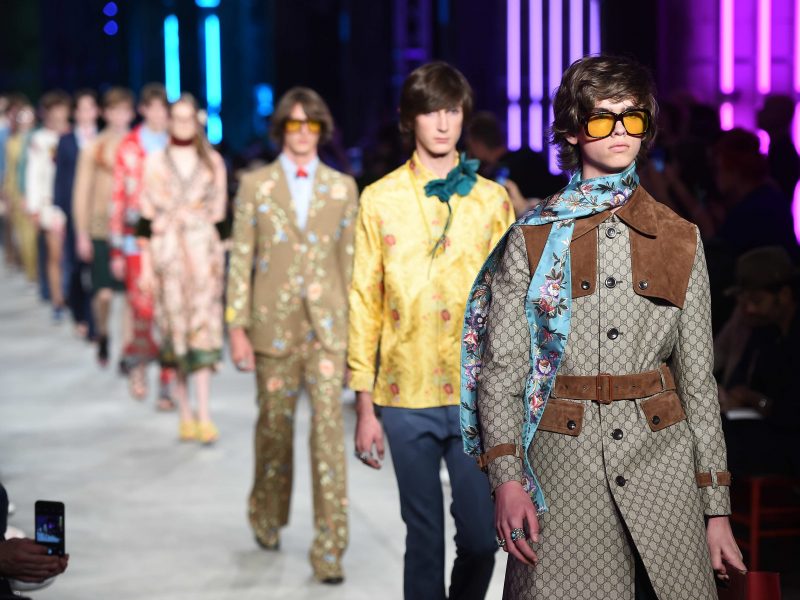
Genderless clothing feels particularly prescient now.
Zara released the clothing line, “Ungendered,” a 16–item line of unisex basics. While these pieces are not shockingly original, the use of gender-neutral terms is shifting the attitude of ungendered clothing in mainstream retail.
A piece of fabric, a textile, or a garment has no gender.
Avant-garde and genderless fashion has had a long heritage in Asia and especially Japan, pioneered by revered designers Comme des Garçons, Yohji Yamamoto and Issey Miyake.
In much of Asia, unisex clothing — whether in the form of a traditional shalwar kameez, sarong or kimono — boasts a long history, while popular theatrical traditions regularly feature gender bending performances.
The hugely influential K-pop stars in Southeast Asia have driven consumers locally. Its stars, like Kang Daniel and the Gucci-drenched BTS band members, are pros at mixing jewellery, accessories, atypically feminine garments and makeup.
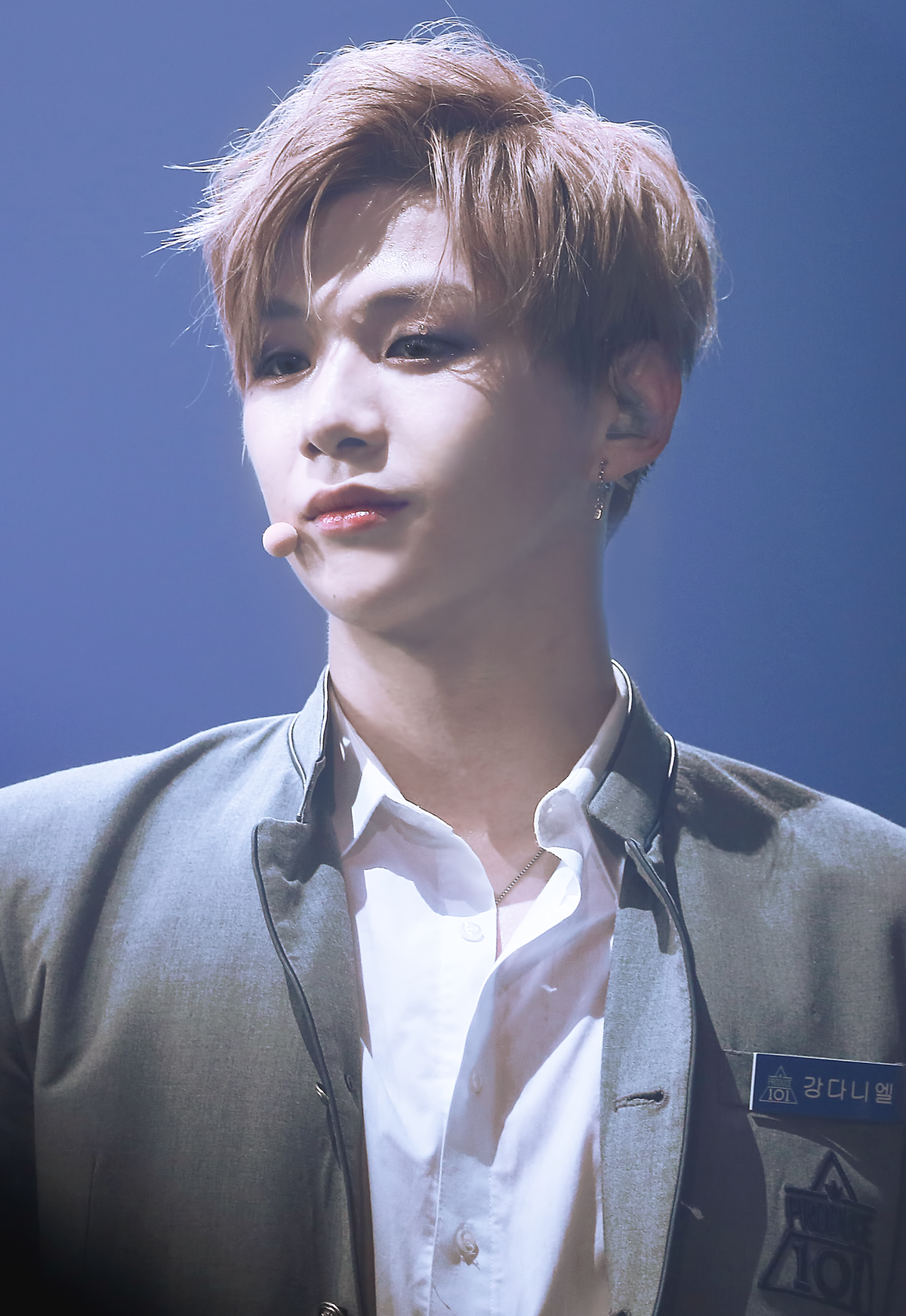
Same – Same
Clothing has gradually become the means to show more aesthetics and philosophies people believe in, especially nowadays both women and men have similar lifestyles which require similar outfits as well.
In an old world you would have called them androgynous, a term so retro it’s gone out of style!



